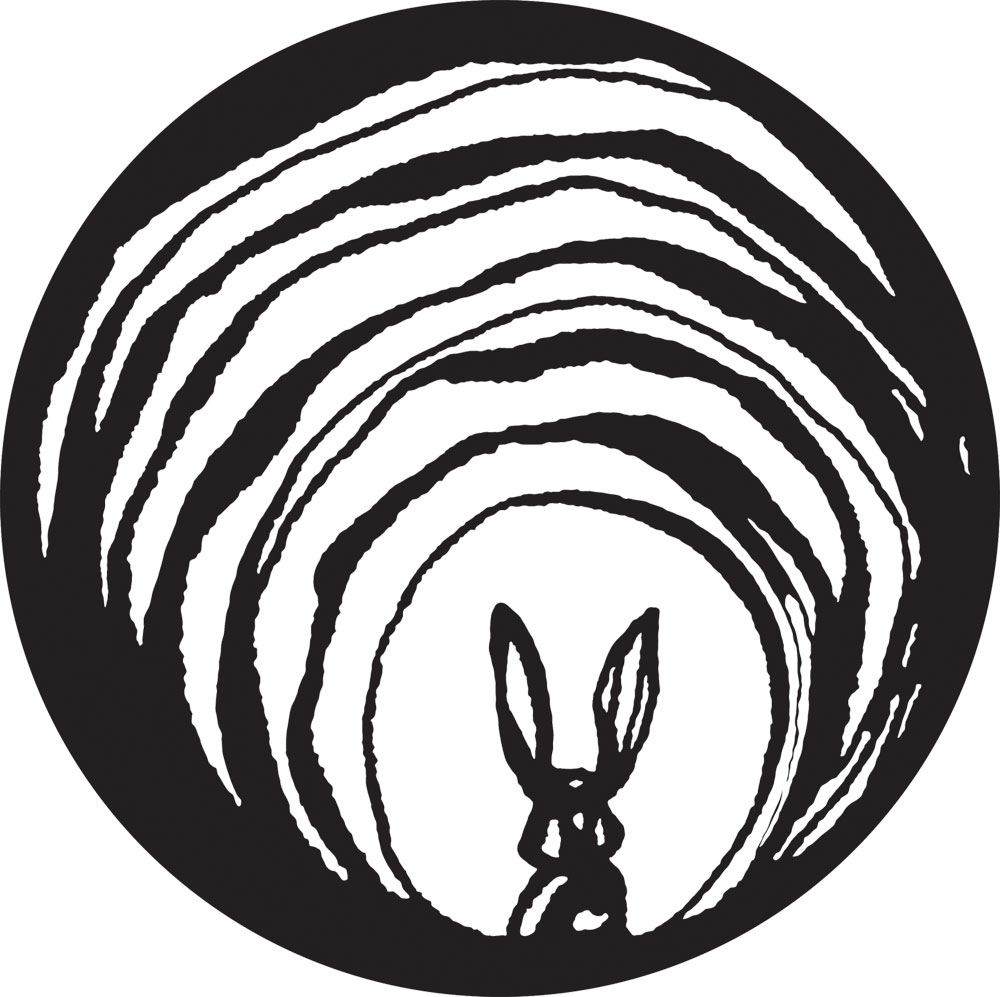
August 3, 2019; Associated Press
According to 2017 data collected by the US Department of Education, 63 percent of fourth-graders read below a “proficient” achievement level, and low-income students face the highest risk of literacy problems. The importance of reading to a child’s academic and personal development has challenged literacy nonprofits to think outside the box on how to get students engaged with reading. In North Kansas City, Missouri, the world’s first “explor-a-storium” is being built to rise to the challenge.
The creators and owners of The Rabbit hOle museum, Debbie Pettid and Pete Cowdin, ran a popular children’s bookstore called the Reading Reptile for nearly three decades. In 2015, they took the leap into their passion project of creating a nonprofit museum that would build culture around children’s books and provide a more immersive, explorable experience of reading.
“We had thought about this museum idea for probably 20 years, and we were at this point in our lives, and in our profession, that we felt that it was just now or never,” Pettid shared. Pettid and Cowdin are taking inspiration from places like the City Museum in St. Louis, Missouri, where imagination plays a major role in the visitor’s immersive experience. Other cities are engaging in similar efforts: in Cleveland, Kauser Razvi has opened Literary Lots, where temporary, real-life constructions of book scenes allow children to walk into, for example, Cloudy with a Chance of Meatballs.
Sign up for our free newsletters
Subscribe to NPQ's newsletters to have our top stories delivered directly to your inbox.
By signing up, you agree to our privacy policy and terms of use, and to receive messages from NPQ and our partners.
When visitors enter the two-story front door of the Rabbit hOle, they will go down limestone steps into the burrow of a magical creature named Fox Rabbit. The museum’s exhibits, built on-site, will focus on children’s books from 1900 to 2000. The owners are planning for 30 exhibits on opening day, with permanent exhibits (like Max’s room from Where the Wild Things Are) and changing installations structured as books visitors can walk inside.
The location will also include a writing and story lab, maker space, print shop/bindery, performance space, resource library, café, and bookstore. Well-known books and overlooked titles by a diverse assortment of authors will be featured.
“Publishing, children’s book publishing, has been a very white activity, especially the century we’re looking at,” Pettid said. “But we are really committed and determined to create that diversity, beginning in 1900. So that has required a lot of research.”
More than half of their $12 million budget has already been raised, and the museum is set to open in March 2020.—Julie Euber













